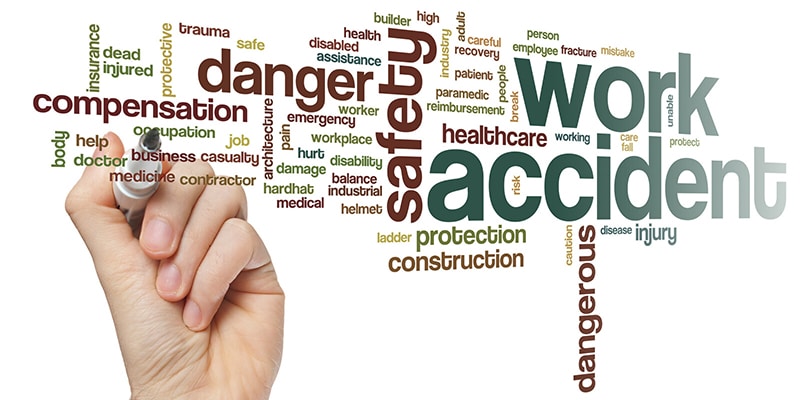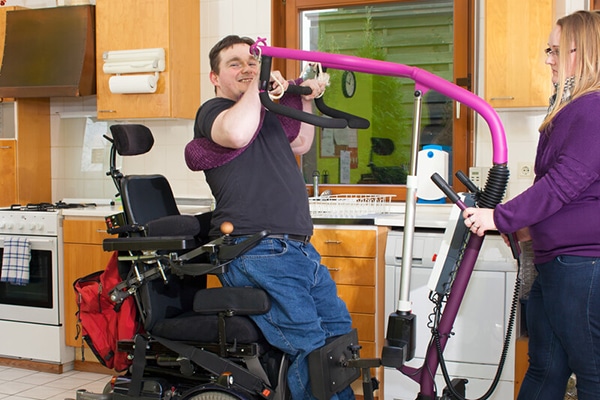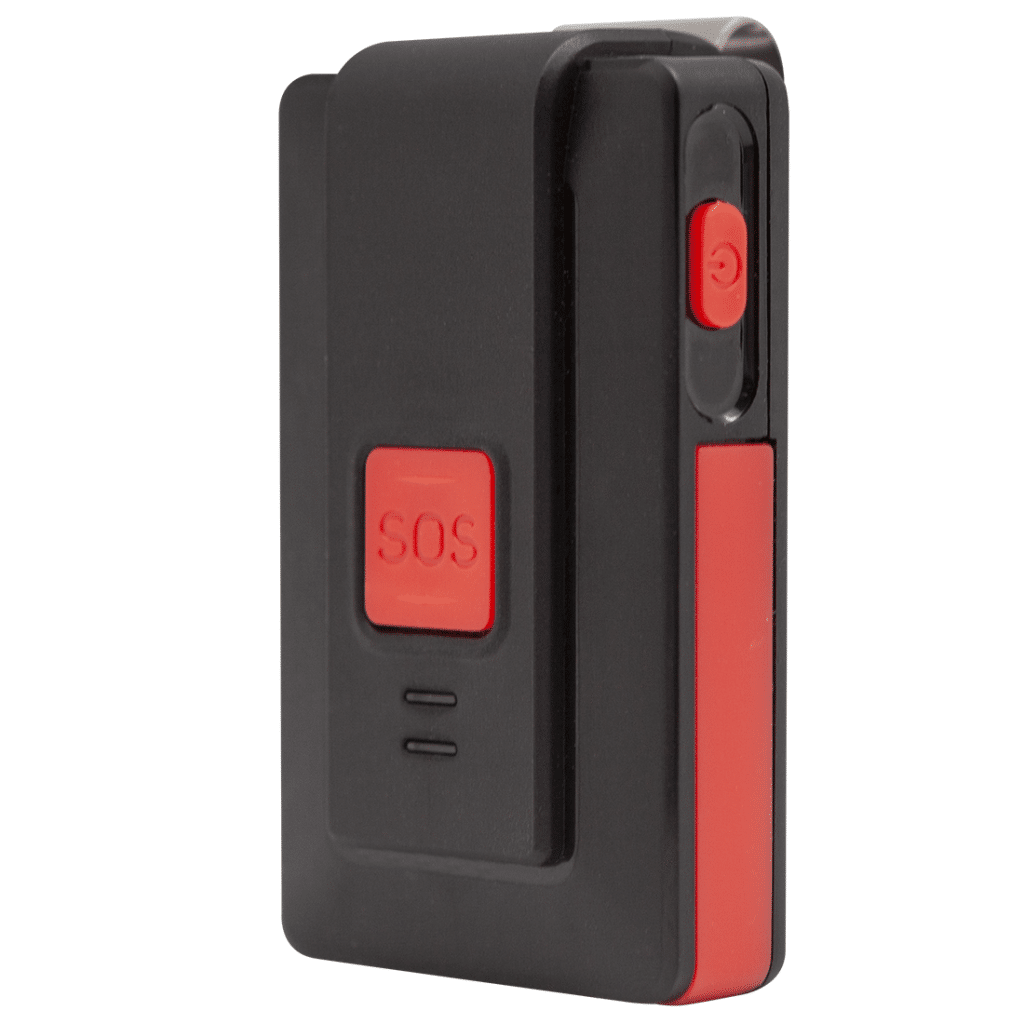
In our community, many carers such as aged care workers, disability support workers and personal care workers support their clients in the person’s own home. Often, this involves working independently and may require them to travel to multiple locations each day.
Working alone on private property means that the likelihood of personal injury from accidents or violence increases, as there is a lack of control over the safety of the environment. So, if your team includes lone care workers, it’s important that you take appropriate steps to mitigate these risks.

In the past, tracking your lone workers’ wellbeing commonly involved them manually contacting the workplace at regular intervals to check-in. While this is effective to a degree, it does not provide emergency assistance or alert you to an incident occurring. A personal duress alarm includes features that eliminate the need for manual check-ins, and provides lone care workers with a simple way of accessing help when they need it. Read on to learn more about how it works and the many benefits it can bring to the lone workers on your team.
Why are lone care workers at risk?
There are many potential risks for lone care workers who visit their clients at home, including violence from a client or an associate. If they are threatened or attacked, they may not have the opportunity to get out their phone and call for help. In addition, if they are injured or fall ill, the person in their care may not be able to request help. In both these situations, the risk of serious harm is high if no help arrives. However, if the lone worker has a personal duress alarm they can send an alert with the touch of a button.
How does a personal duress alarm work?

A simple and effective way to minimise risks for the lone care workers on your team is to provide them with a personal duress alarm, such as the SkyTrack 4G. It is a small device that can be worn on a belt or a lanyard, which can be programmed to best suit the needs of you and your team.
You can automate the check-in process so your lone care workers no longer need to call or text in manually, saving your team time and allowing for seamless record keeping. There is also the option to set alarms for a range of different events such as SOS/duress, person down, fail to check-in, motionless and more, making it easy for your workers to raise the alarm if something is not right.
The SkyTrack 4G personal duress alarm has been designed to provide optimum protection for lone workers in the event of an accident or emergency. Some of the key features include:
- 10 customisable alarm events so you can set it up to best suit the needs of your team
- 5-minute tracking updates, which increase to 1-minute updates if SOS alarm is triggered
- SOS alarm is tracked and responded to by an Australian-based 24/7 monitoring centre
- coverage across the 3G/4G network and can be used in GPS or WiFi positioning modes
- compact and easy to carry with an integrated belt clip and option to wear on a lanyard
- shock and water-resistant design makes it durable and long-lasting for those on the go
- long-life battery and your choice of a docking station or USB lead for portable charging.
The simple way to protect your lone care workers

If you’re looking for a simple solution to minimise the risk to your lone care workers, a personal duress alarm such as the SkyTrack 4G is a great option. Not only will you provide your team with peace of mind that help is available if they ever need it, but you’ll also streamline the check-in process and improve record keeping procedures, both of which are essential for compliance.
Like to know more about the SkyTrack personal duress alarm, or any other safety or access products? Please get in touch with our team on 1300 994 890. We’re always happy to help!